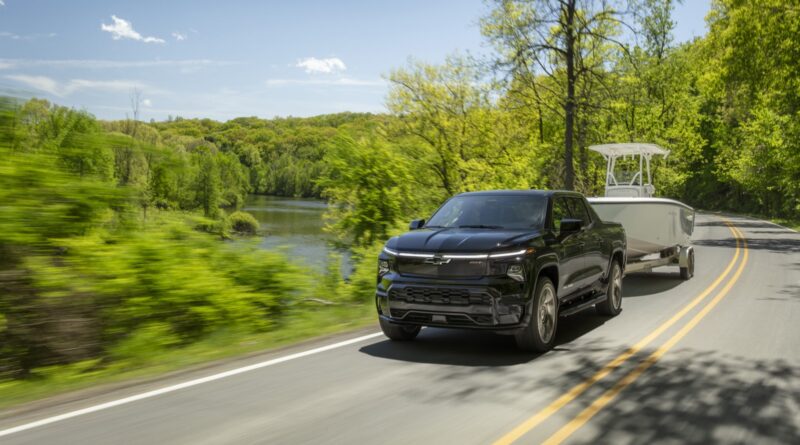It seems that this is just a copy and paste of the ICE agreement, with the $10.99/gallon changed to $10.99 per kWh. In some ways, this makes sense, as having to send an employee to go sit at a DC fast charger to get the vehicle ready for the next customer sucks. But, on the other hand, electricity is so cheap that it might make sense to instead accept dead EVs back and give them an overnight charge for the next customer. It still needs to be cleaned up and prepared for the next driver anyway, right?
The bigger problem comes up when you consider that DC fast chargers charge more slowly as you go past 50–60% state of charge (SOC). Most people who are renting an EV aren’t renting one to charge at home, so they’ll probably be relying on public chargers to get the vehicle ready for return. If Hertz says you have to return it with 50%, you only need a few minutes at the charger to get it ready for return. But, if Hertz says you need to bring it back at 100%, a vehicle like the Silverado EV could take hours to charge up, and then driving to the Hertz location would eat up a few kWh that you’d have to pay $10.99 each for.
Obviously, that’s just not reasonable. With a gas car, returning with a full tank is easy, as there’s probably a gas station across the street from Hertz. But, for DCFC, anything over about 50% is just an unreasonable ask.
Possible Alternative Approaches
If anything over 80% in unreasonable, and 100% is basically impossible, we need to talk about alternative approaches rental car companies could take to the return issue.
The obvious one would be to accept cars with a lower SOC, likely 50%. This should be done even when the vehicle was picked up with a higher SOC because 50% is a very reasonable return SOC in most cities. In cities that lack DCFC, though, this won’t work, because there’s no place to plug it in and do that in a reasonable amount of time. But renting out EVs in a city that lacks a fast charger within 20 miles or so is probably a bad idea to begin with.
Another possible answer would be to accept EVs at any SOC, and have charging onsite to deal with that. EVs take a long time to charge up compared to gas, so it makes sense to not rent an EV out until the day following its return. This would give time to charge up during the cleanup and prep process and then charge the vehicle overnight to deliver it to the next customer full.
The best solution would be for each rental location to have a 50 kWh charger on hand, if not several. Obviously, this wouldn’t work great for driving over the road, but for a rental car facility that needs to clean up the car and get it ready for the next customer, taking 2–4 hours to charge an EV up to 100%, or taking only 20–60 minutes to get to 80%, would be just fine.
Featured image by GM.
Chip in a few dollars a month to help support independent cleantech coverage that helps to accelerate the cleantech revolution!
Have a tip for CleanTechnica? Want to advertise? Want to suggest a guest for our CleanTech Talk podcast? Contact us here.
Sign up for our daily newsletter for 15 new cleantech stories a day. Or sign up for our weekly one if daily is too frequent.
Advertisement
CleanTechnica's Comment Policy
